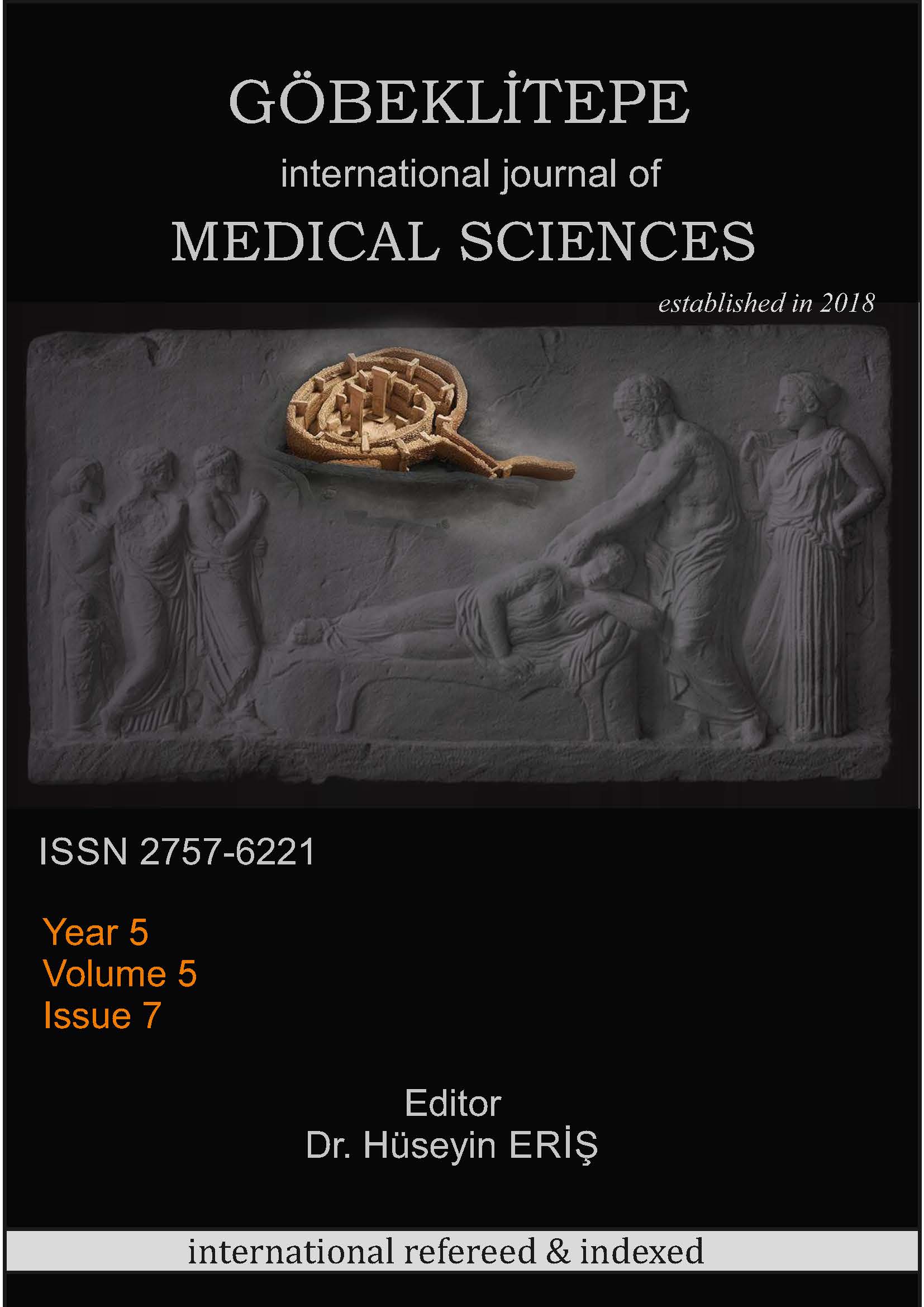The Evaluation of Students Who Study in a University in Terms of Orthorexia Nevrosa
DOI:
https://doi.org/10.55433/gsbd.119Keywords:
Orthorexia Nervosa, Healthy Eating Obsession, Students, Influencing FactorsAbstract
This study was conducted to evaluate the orthorexia nervosa status of students studying at a university. The cross-sectional method was used in the study, which was in the quantitative research design and the relational survey model. The population of the research of students studying at a public university in the Eastern Anatolia Region in the 2019-2020 academic year (14,888 students). The formula "Selecting a Sample from a Known Universe" was used to calculate the sample size and the minimum sample size was calculated as 995 individuals. Then, according to the proportional stratified sampling method, the number of students to be sampled from the faculties was created within the table shown below. The questionnaire form used in the research consists of two parts. The first part of the form is aimed at determining the descriptive features and health histories of the participants, and the questions here constitute the independent variables of the research. The ORTO-15 questionnaire and the Eating Attitudes Test (EAT-40) in the second part of the questionnaire formed the dependent variables of the study. The variables of age range, marital status, place of residence, type of the source of income, smoking habit, alcohol habit, the status of taking a nutrition course, the status of regularly applied diet, and the status of physical exercise did not make any statistically significant differences on both scales (p > 0.05). In the current study, it was seen that the frequency of orthorexia in young university students was not to be underestimated. Students should be provided with training on Orthorexia Nervosa, and their individual awareness should be increased.





